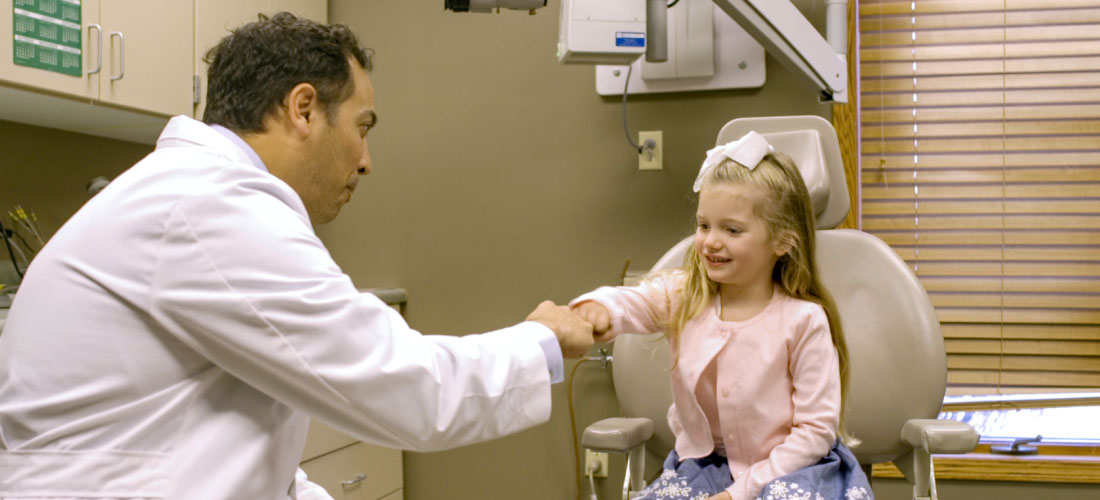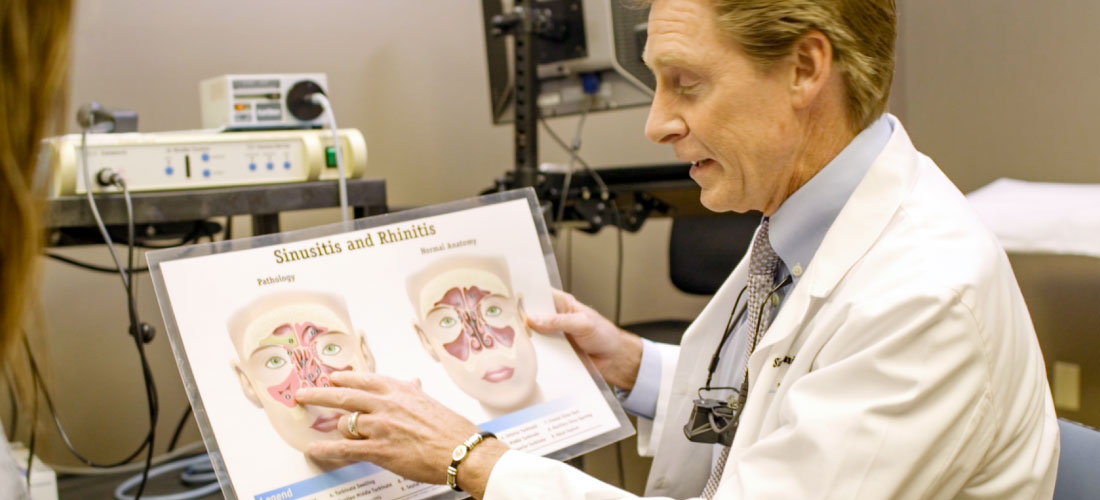Food Allergies in the School
Food allergies are a serious medical condition affecting 1 in 13 children. That can be up to two kids per classroom nationwide, and the incidence is definitely increasing.
– Daniel Todd, MD, FAAOA, Midwest Ear, Nose and Throat
Most of us remember eating peanut butter sandwiches and drinking milk growing up, but these everyday food products are now dangerous for many children as the food allergy epidemic continues to rise.
“The job of the body’s immune system is to identify and destroy germs, such as bacteria or viruses, that make you sick,” says Dr. Daniel Todd of Midwest Ear, Nose and Throat. A food allergy results when the immune system mistakenly targets a harmless food protein as a threat and attacks it, creating adverse symptoms.
There are several theories behind the cause of the rising food allergy epidemic.
“The Hygiene Hypothesis is one theory because we’re too clean and don’t have enough exposure to parasitic and other diseases,” Dr. Todd says. “Certain branches of the immune system get bored and then act out against allergic diseases. Regardless of the cause, the incidence is increasing.”
 Although nearly any food is capable of causing an allergic reaction, only eight foods account for 90 percent of all food allergic reactions in the United States. These foods are peanuts, tree nuts, milk, eggs, wheat, soy, fish and shellfish. Less common foods are meat, corn, gelatin, seeds and miscellaneous spices.
Although nearly any food is capable of causing an allergic reaction, only eight foods account for 90 percent of all food allergic reactions in the United States. These foods are peanuts, tree nuts, milk, eggs, wheat, soy, fish and shellfish. Less common foods are meat, corn, gelatin, seeds and miscellaneous spices.
Whether your child has a known allergy or not, Dr. Todd says its important for parents to understand the warning signs. “Symptoms usually result in an acute inflammatory reaction,” he says. “Depending on how extensive the reaction is, it could range from a mild case of hives or sneezing to the most severe case, which is cardiovascular collapse.”
“Currently we’re left with only prevention and preparation in our treatment regimen,” Dr. Todd says. “As parents, you need to shelter allergic children from exposure to peanuts and tree nuts especially. Thankfully, due to the epidemic of food allergies and better education, these peanut precautions are fairly standard in schools.” Dr. Todd says that even restaurants and food manufacturers are much better about disclosing any possible exposures to their customers.
Here in Sioux Falls, Krista Coughlin, RN offers a food allergy support group for parents. For more information visit the website www.southdakotafoodallergy.org.
If a child is exposed to a food allergen, the symptoms typically appear within minutes. The injectable epinephrine (Epi Pen®) is the mainstay of treatment and can be lifesaving. “All of our allergy shot patients carry these, and parents of food allergy children should have multiple sets readily available whereever these children are,” Dr. Todd says. “Antihistamines and steroids are secondary considerations that also can be helpful.”
There is hope for a cure. New studies in oral desensitization, like allergy drops, have proven to be successful and are currently being studied nationwide. However, Dr. Todd says this form of treatment, although it can lead to a full cure, is dangerous and must be closely monitored. “The results of oral desensitization are quite dramatic,” he says. “Even severe peanut allergy patients can be desensitized to the point of being able to ingest peanuts without reaction.”
Research to cure food allergies is continually moving forward. “Hopefully we’ll be able to offer improved treatment plans in the future that will improve quality of life for those who currently suffer,” Dr. Todd says. “In the meantime, parents should continue to take precautions to keep food allergens and reactions at bay.”
By Jennifer Dumke: Sioux Falls Woman Magazine












